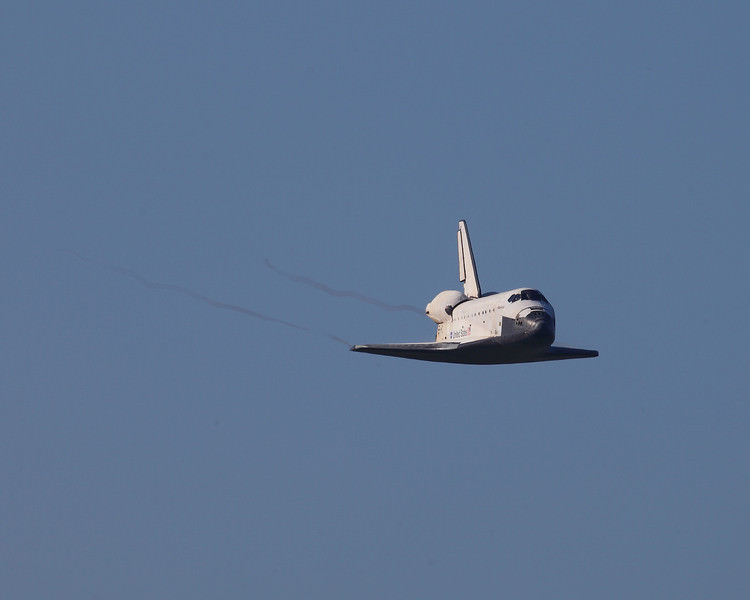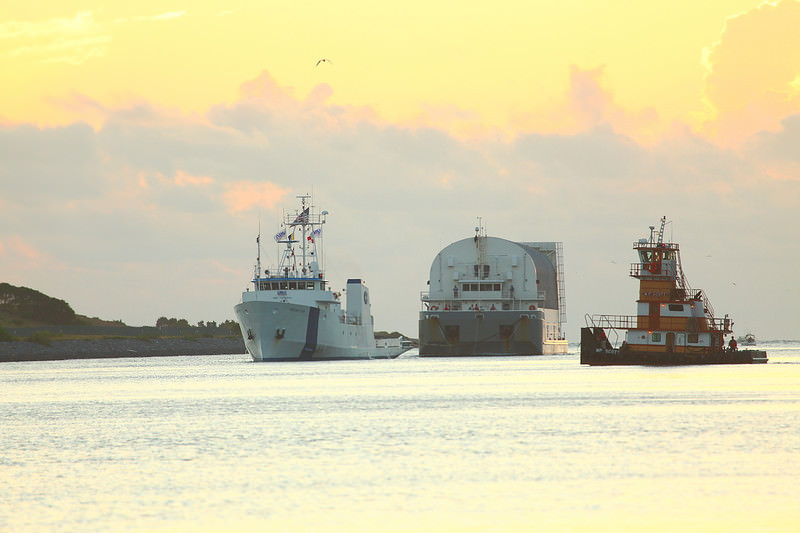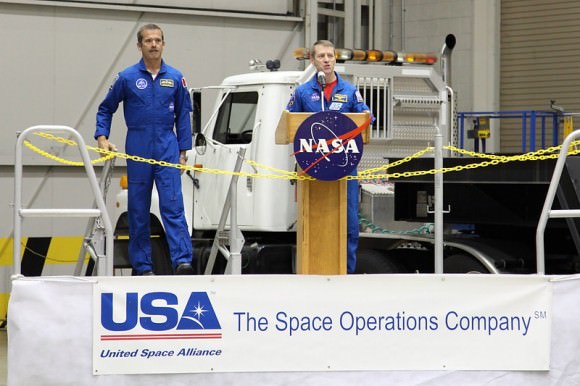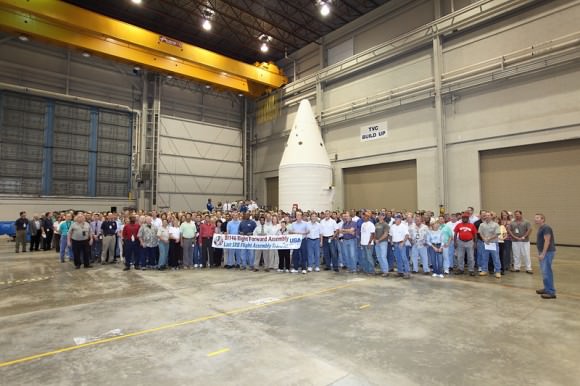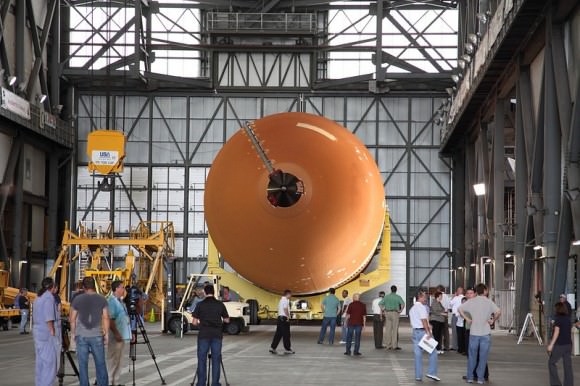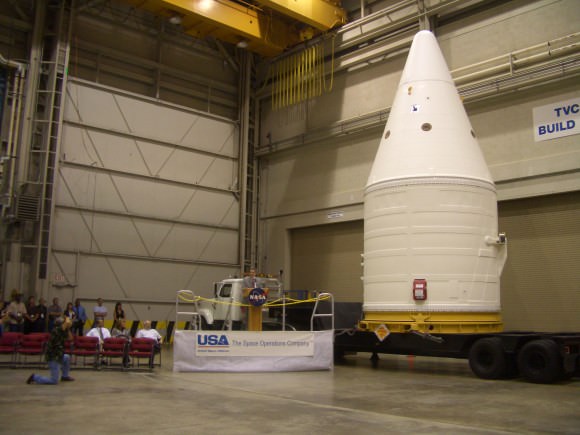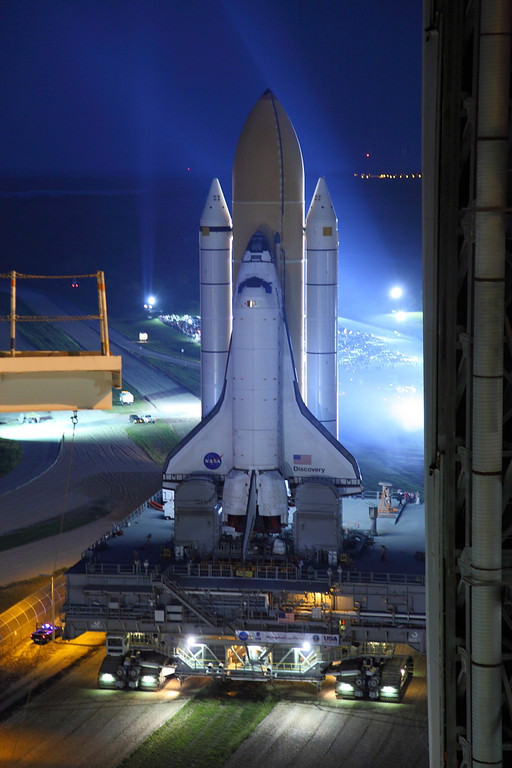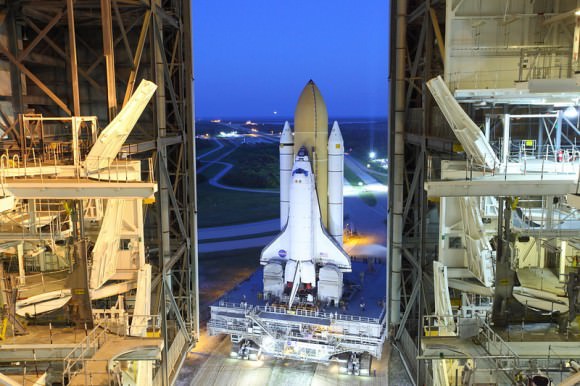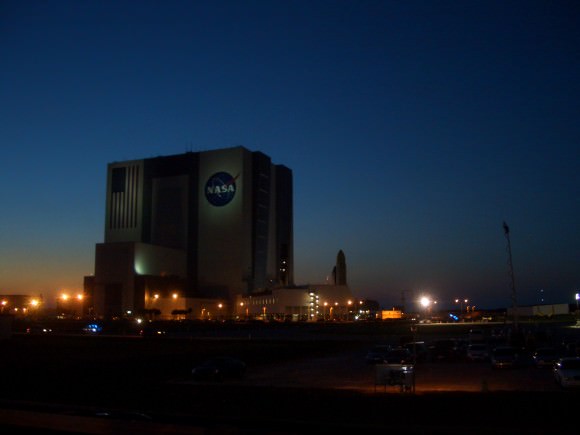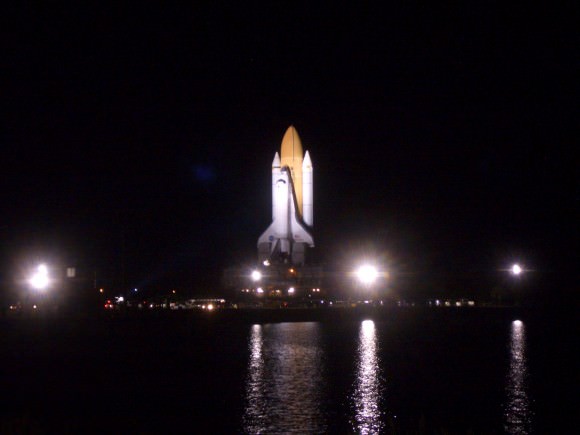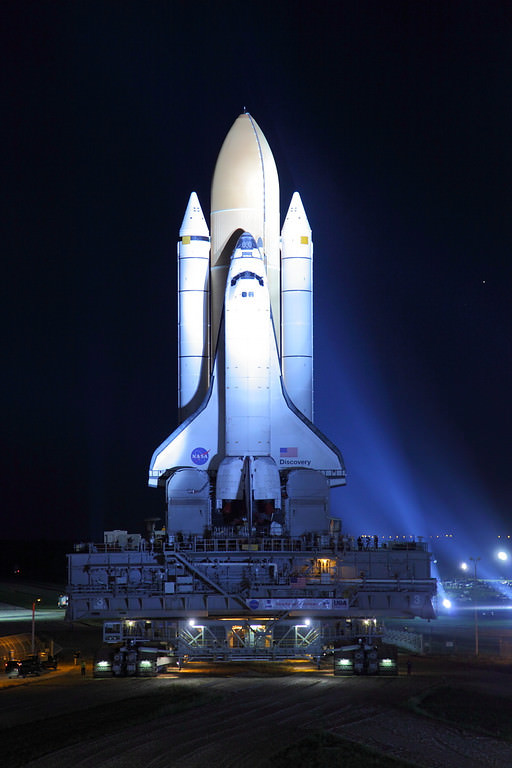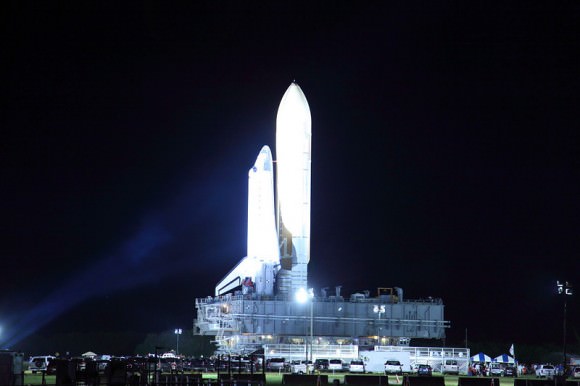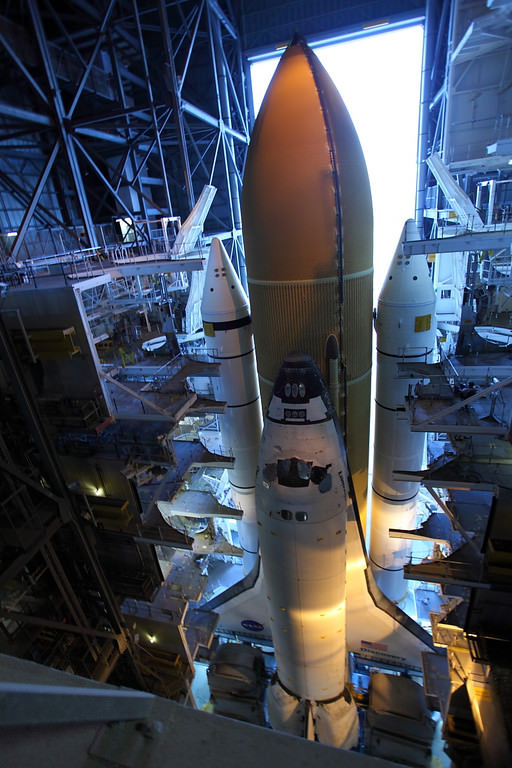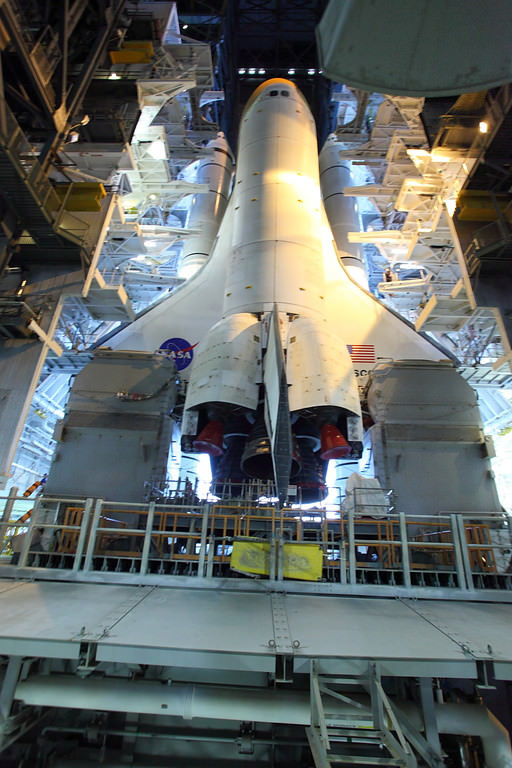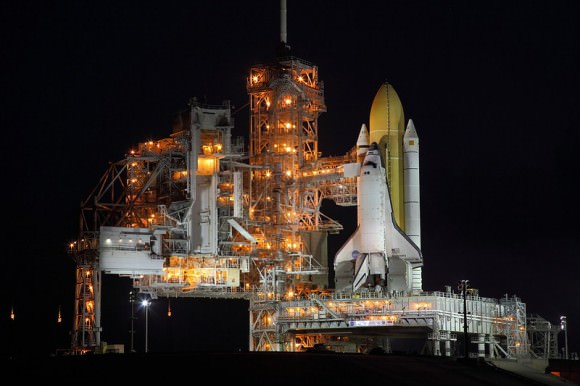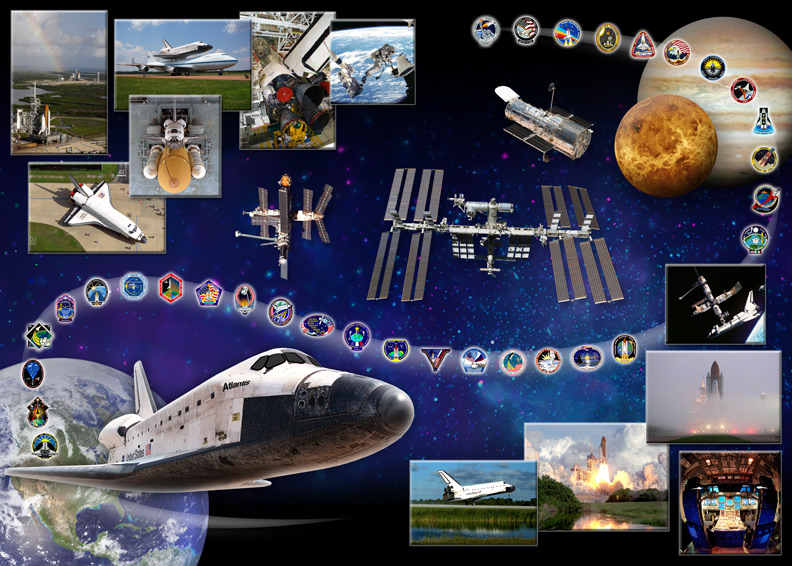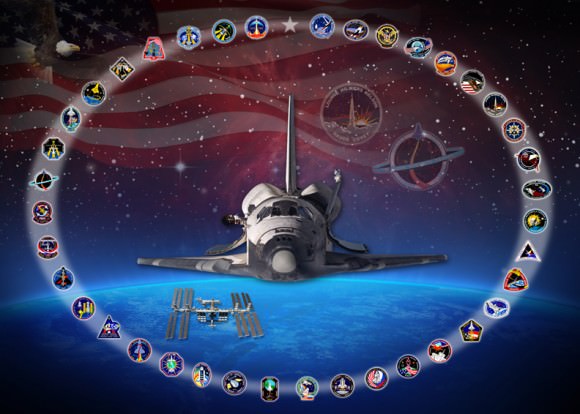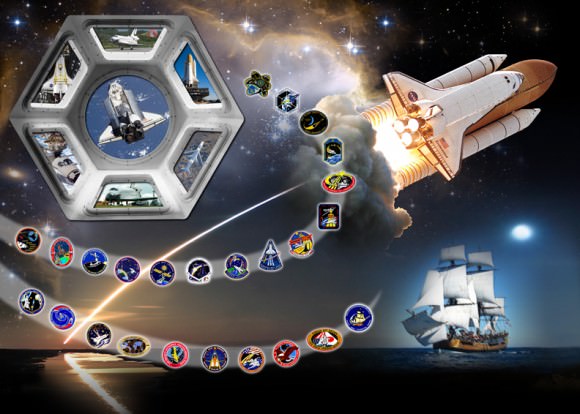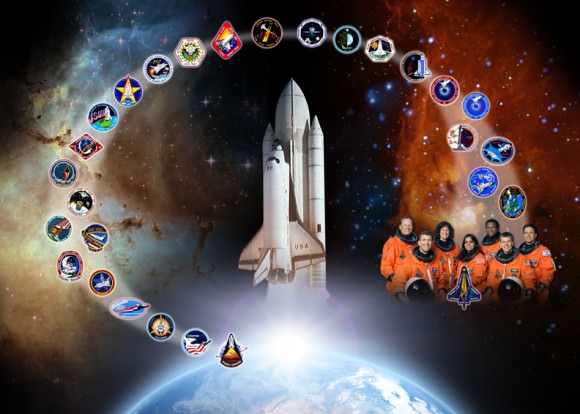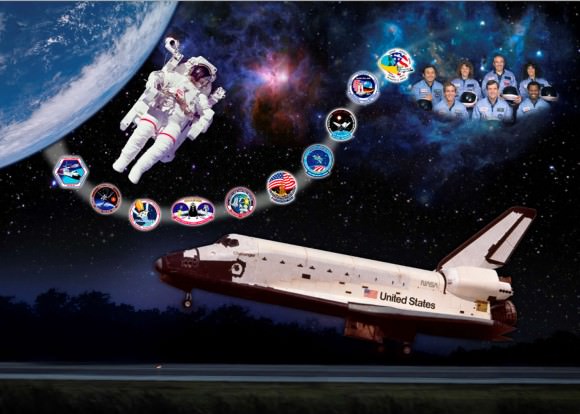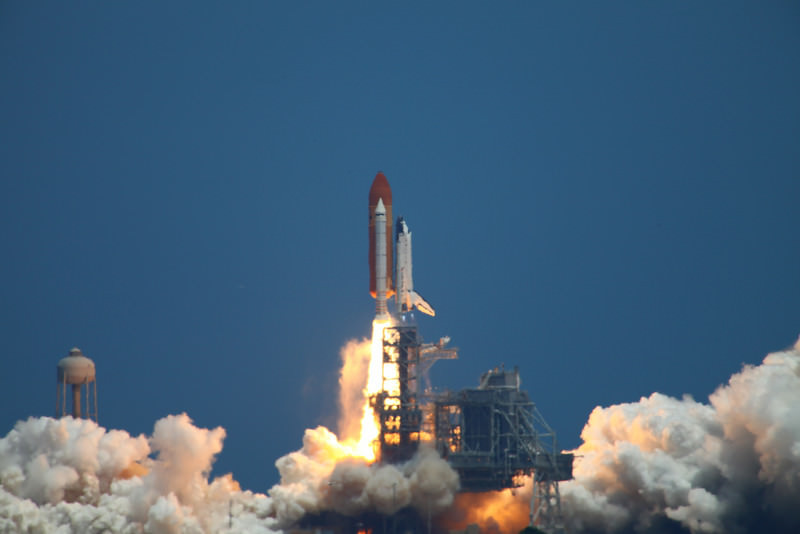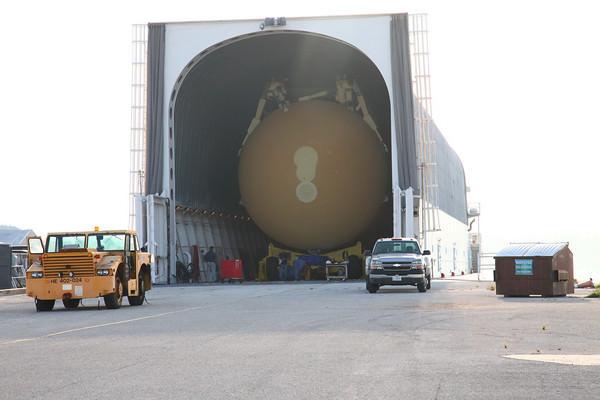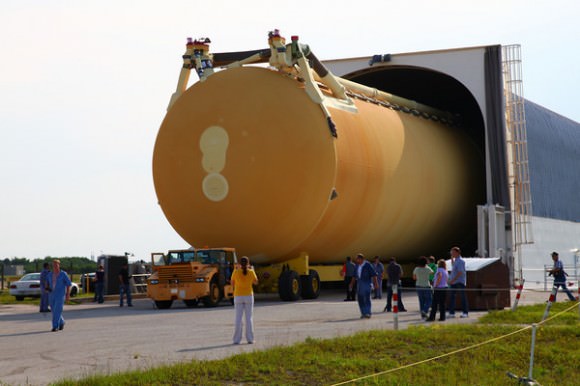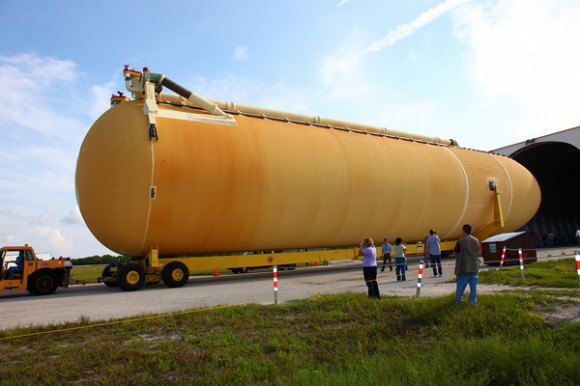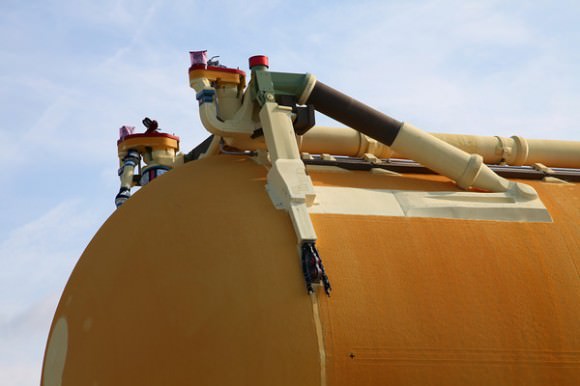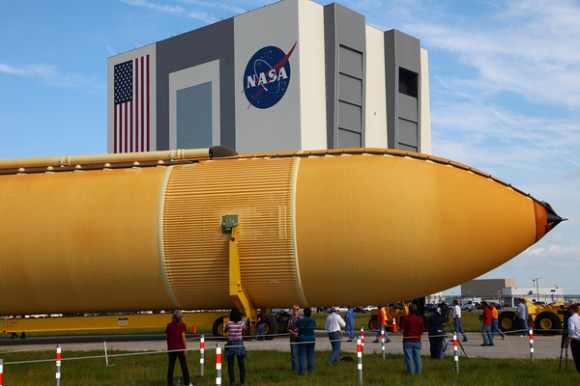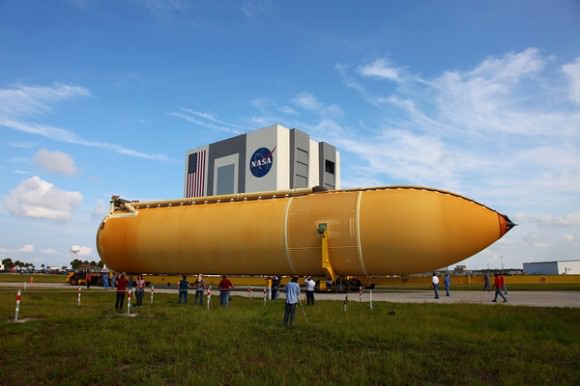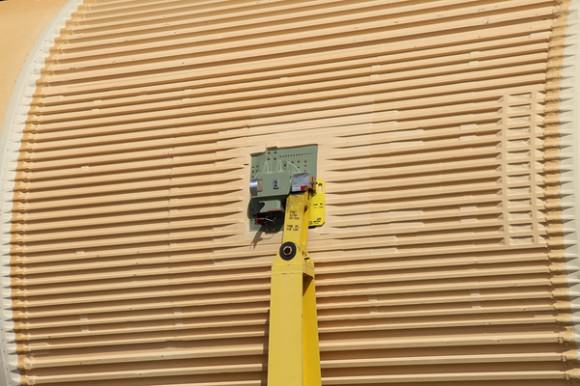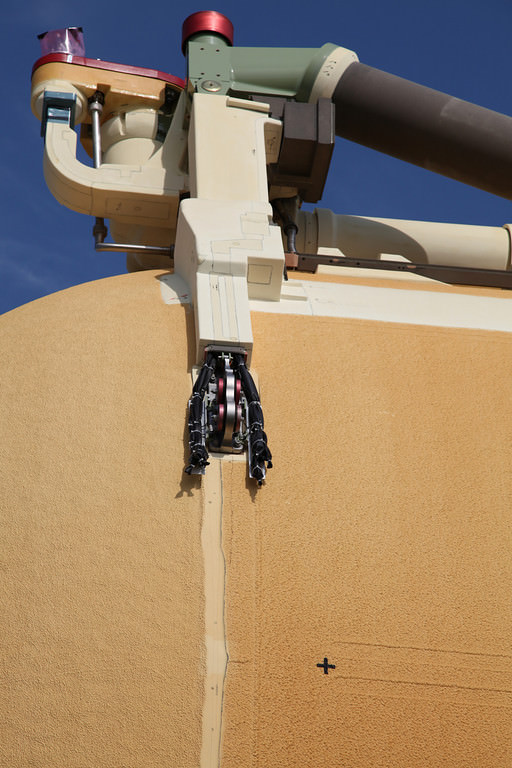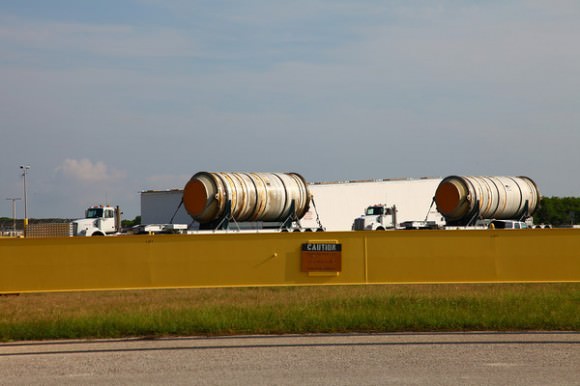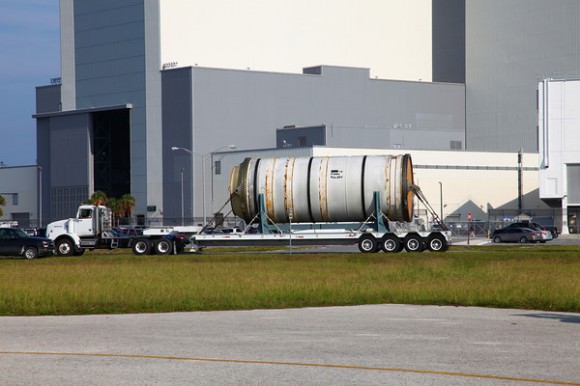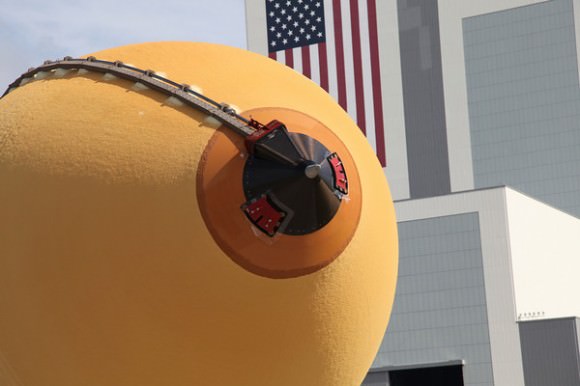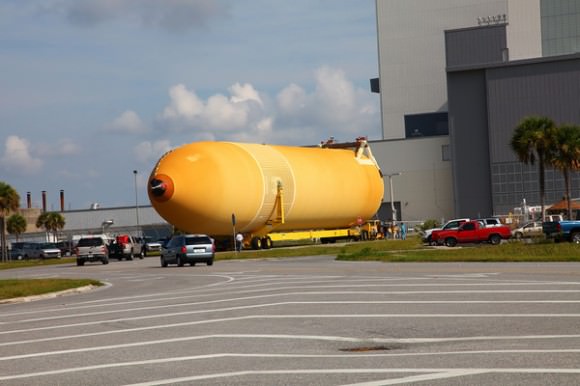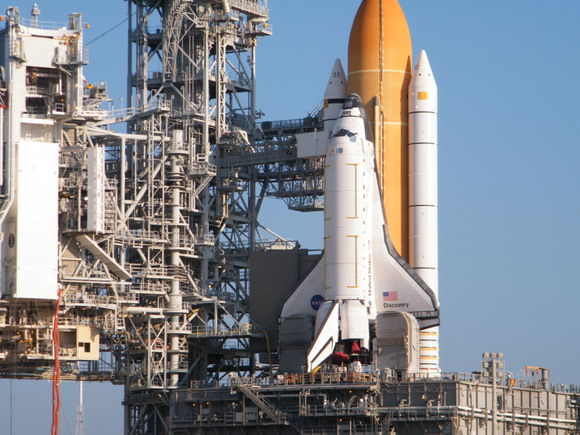[/caption]
For some time now there have been rumors and speculation that there will be an additional flight added to the two currently remaining on the shuttle manifest. With the passage of the Senate 2010 NASA Authorization Act (S. 3729) the mission which would be STS-135 – is now all but a certainty. The U.S. House of Representatives approved the Senate bill on a 304 to118 vote. The final hurdle will be the president signing the act into law. From all accounts however, as this bill largely supports the president’s agenda, this should not be a problem and STS-135 should launch during the summer of next year.
The orbiter that will likely fly this mission will be Atlantis, the workhorse of the shuttle fleet. For all intents-and-purposes STS-132, which flew this past May, was the last scheduled mission for Atlantis. However, mission managers were looking at either Discovery or Atlantis to fly the possible STS-135 mission. With Atlantis back at Kennedy Space Center (KSC) since May, the orbiter has had more processing time and it would be easier to prepare for launch.
The crew for this mission has already been selected. The crew will be comprised of Commander Chris Ferguson, Pilot Doug Hurley and Mission Specialists Sandra Magnus and Rex Walheim. All of these astronauts are space shuttle veterans. Currently they are training under the STS-335 designation which is a “Launch-On-Need” (LON) mission. In the event of an emergency on STS-134, Atlantis would launch to rescue the crew members. There have been LON missions for each post-Columbia flight.
“Having an additional shuttle flight will keep the national treasure we have in the space station very well situated in consumables and supplies, said Lori Garver, NASA’s Deputy Administrator, during a media briefing on Thursday. “I don’t see it as either a luxury or necessity, it us just making good use of a resource and doing it in a safe manner.”
If all goes well on the STS-134 mission, STS-335 will be converted to STS-135 and its mission will change from rescue – to resupply. If this does take place, the payload for this mission will be the Raffaello Multi-Purpose Logistics Module (MPLM) and a Lightweight Multi-Purpose Carrier (LMC).
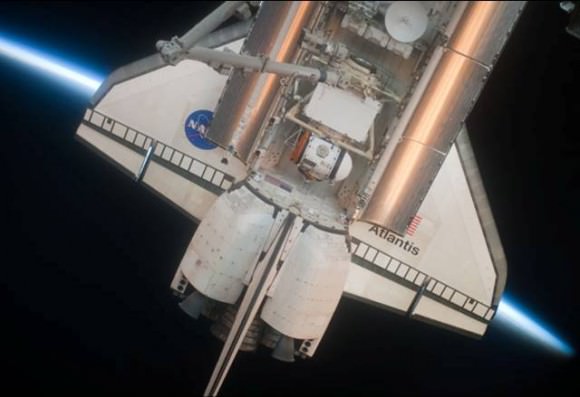
Outside of the fact that it will be the last mission of the shuttle program, the mission also bears one other distinction. With a crew of four, this is the smallest contingent of astronauts to launch on a space shuttle since STS-6 back in April of 1983.
The rationale behind such a small crew is two-fold. A smaller crew will allow NASA to maximize the amount of payload that is sent to the International Space Station (ISS). The weight of two or three extra astronauts will now go to additional supplies that can be flown to the ISS. In the event that STS-135 itself runs into trouble while on-orbit, the smaller crew would also allow for a rescue by the Russian-built Soyuz spacecraft.
The ISS will more than likely be on-orbit until 2020 and possibly beyond. As such it was viewed as essential that as much supplies as possible were ferried to and stored on the orbiting outpost. The Rafaello MPLM will be maxed out with 16 resupply racks, the most the cargo container can handle, for this mission. The LMC will carry a new coolant pump. The External Thermal Cooling System (ECTS) Pump Module (PM) which dramatically failed recently and was swapped out by spacewalkers Tracy Caldwell-Dyson and Doug Wheelock last month.

